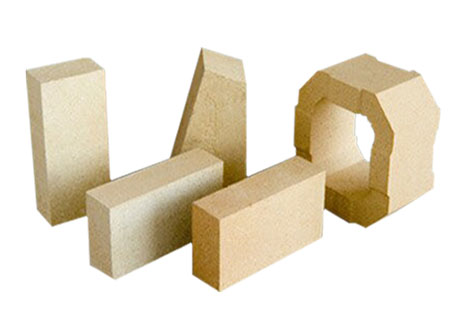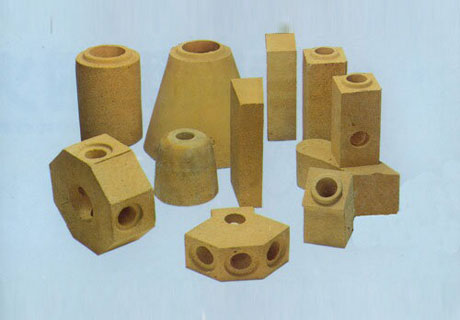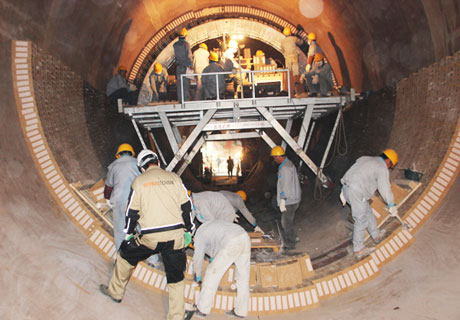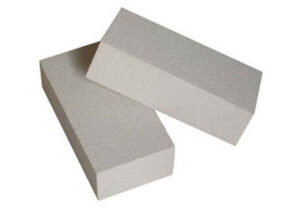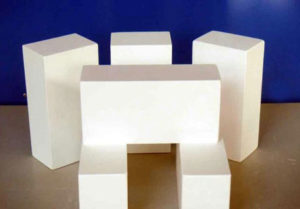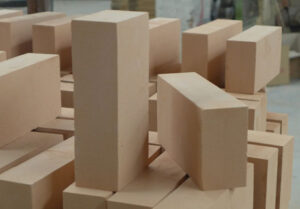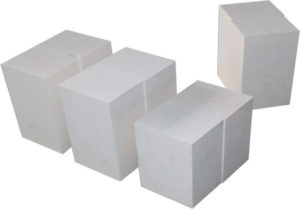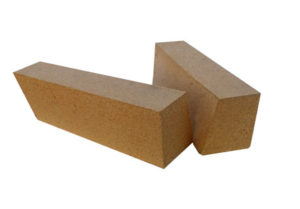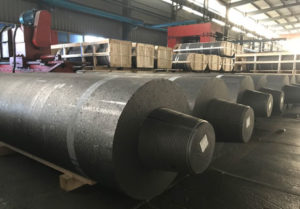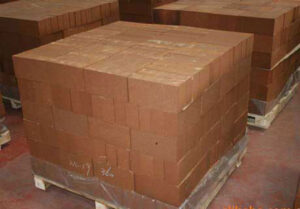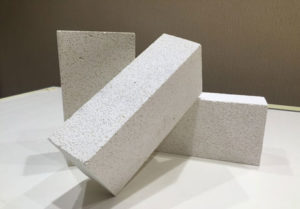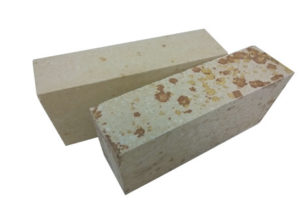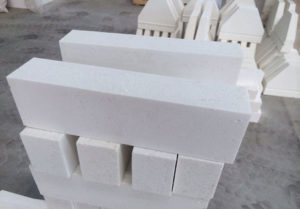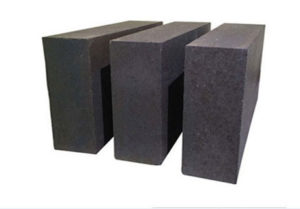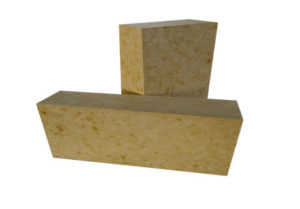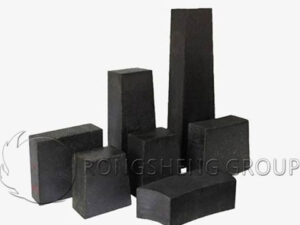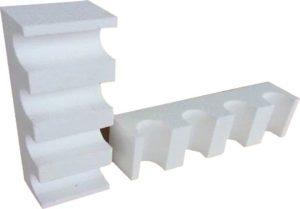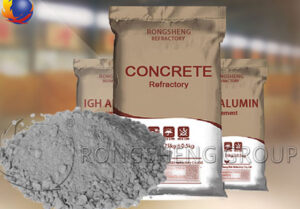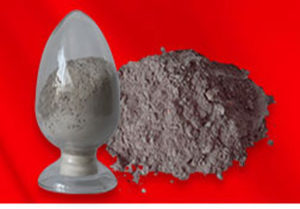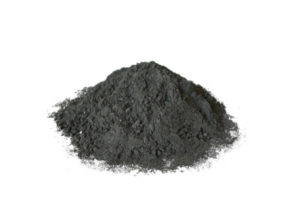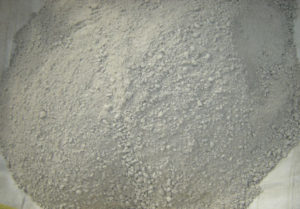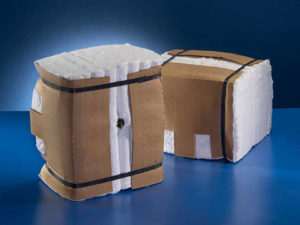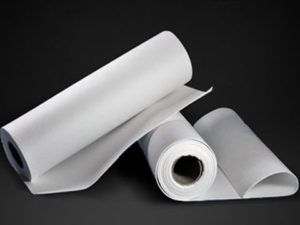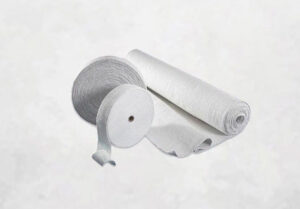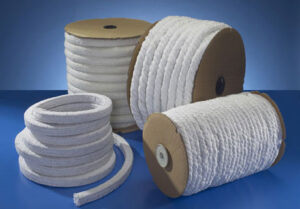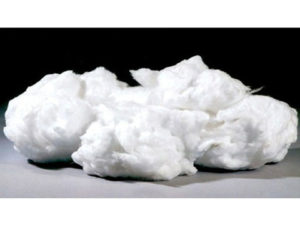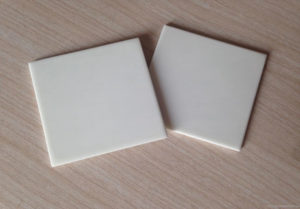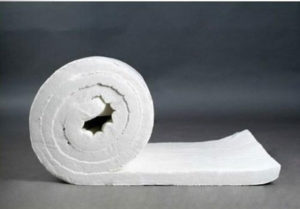Buy Cheap Refractory Materials for Sale in Rongsheng Company! Rongsheng, as a professional refractory materials manufacturer and supplier, can provide all kinds of refractory products for Kiln, Furnace, Boiler, Forge, Fireplace, Incinerator, Power Plant or Coke Oven. Please don’t hesitate to Email Us for Price!
Rongsheng Refractory Materials Company
If you need any kind of refractory materials for sale, please contact Rongsheng Kiln Refractory Company. The refractory materials for sale in Rongsheng Kiln Refractory Company are popular and sold both domestically and internationally, exporting to India, Vietnam, Korea, Russia, Pakistan, Iran, etc. RS company will make the high quality and best price refractory materials your first choice! Quote RS for rhe best price! Contact us now!
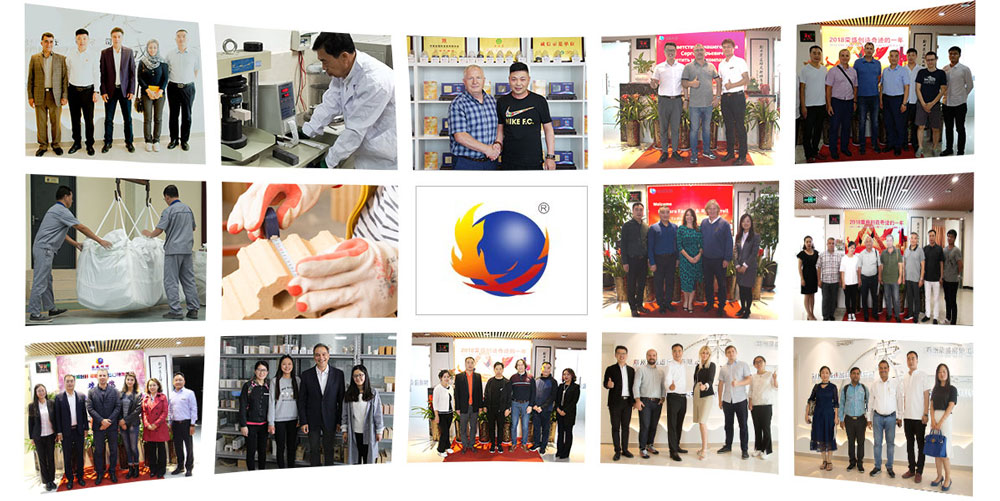
Refractory Materials For Sale In Rongsheng Factory
Refractory Bricks for Sale
Monolithic Refractories for Sale
Refracory Ceramic Fiber for Sale
Refractory Materials For Sale Definition
Refractory materials are non-metallic materials whose refractoriness are no less 1580℃. Refractoriness means the degree of centigrade temperature in which the conical sample of refractory is resistant to high temperature without softening and melting down with no load. But the refractoriness cannot fully define the refractory and the temperature of 1580℃ is not absolute.
Nowadays the meaning of refractory is any material can be physically and chemically stable in high temperature environment. The aim of refractories are to withstand the high temperature environment in kiln, furnace, boiler, forge, fireplace, incinerator, power plant, pizza oven to save the heat when there is a need and to not contaminate other materials. Different kinds of refractories are chosen according to the environments they are applied in. And some special refractories may be needed in some conditions.
Properties Of Refractory Materials For Sale
- Physical properties of refractory materials: structural performance, thermal performance, mechanical performance, operational performance.
- Structure properties of refractory materials: porosity, volume density, water absorption, permeability, pore diameter distribution, etc.
- Thermal properties of refractory materials: thermal conductivity, thermal expansivity, specific coefficient, specific heat, heat capacity, thermal diffusivity, thermal emissivity, etc.
- Mechanical properties of refractory materials: compression strength, tensile strength, flexural strength, torsional strength, shear strength, impact strength, abrasion resistance, creep, bond strength, elastic modulus, etc.
- Use properties of refractory materials: refractoriness, refractoriness under load, linear change on reheating, thermal shock resistance,slag resistance, acid resistance, alkali resistance, hydration resistance, CO resistance, electrical conductivity, oxidation resistance, etc.
How To Use Refractory Materials For Sale
- Refractory materials are used in industries of steel, non-ferrous metal, glass, cement, ceramic, petrochemicals, machinery, boiler, electric power, military and other fields of national economy.
- Refractories materials are essential materials to ensure the production and technology development of the above industries, playing an irreplaceable role in the development of the high temperature industrial production.
- The largest amount of refractory materials are used in metallurgical industry, accounting for 50%-60% of the total production.
- Commonly used refractories materials are special materials like AZS brick, corundum brick, directly combined magnesia chrome brick, silicon carbon brick, silicon nitride combined with carborundum brick, nitrides, silicides, sulfide, boride, carbide and other non-oxide refractory materials.
- Other refractory materials are calcium oxide, chromium oxide, aluminium oxide, magnesium oxide, beryllium oxide, etc.
- Frequently used thermal insulation refractories are diatomite products, ceramic fiber products, insulation board, and so on.
- And the commonly used amorphous materials include casting refractory, ramming refractory, plastic refractory, castable refractory, coating refractory, patching refractory, refractory mortars,etc.
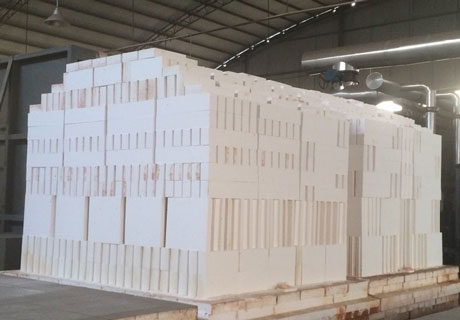
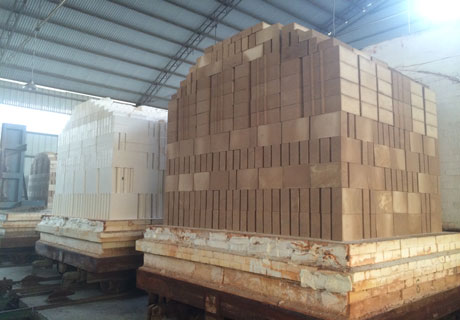
Types Of Refractory Materials For Sale
Different types of refractory materials are used differently under different conditions. The classification of refractory materials are necessary for scientific research, proper selection and management. There are many methods to classify refractory materials depending on the chemical properties, chemical mineral composition, manufacturing technique, materials morphology and others.
Depending On Manufacturing Method
|
Depending On Chemical Property
|
Depending On The Application Method
|
Depending On Chemical Mineral Composition
|
Depending On Fusion Temperature
Depending On Products Shape
|
Depending On End-use Industry
|

Raw Materials Of Rongsheng Refractory
-
- Refractory raw materials are high temperature resistant mineral materials made naturally or synthetically.
- Natural mineral materials:fireclay, siliceous-rock, dolomite, magnesite, graphite, pyrophyllite, vermiculite, olivine, serpentine, chromite, high alumina ore, zirconium quartz, etc.
- Synthetic refractory materials: sintered corundum, synthetic mullite, silicon carbide, etc.
Refractory Materials For Sale Market
In the year 2016, the value of global refractory materials is USD 28.72 billion. The predicted value is to reach USD 36.17 billion by 2021. The iron and steel market dominate global refractories materials sales and is going to taking up for more than 3/5 of all refractory production in volume terms. And the consumption of refractories is going to rise in U.S., Western Europe, Japan, India and China due to the recovery of economic conditions. Asia-Pacific region has the largest share in refractories market, taking up for almost 59% of the global market share in 2017. China, with the largest construction and the increasing crude steel production, is expected to be the largest refractory finished goods and raw materials producer and exporter in the whole refractories market.
The world average consumption of refractory materials per tonne crude steel was 15kg/tonne in 2016, while China’s average was 20kg/tonne. Growing demand for refractories in Asia-Pacific region is a major driving factor of the market. Twenty years ago, glass consumed 11-13kg/tonne of refractories, a figure that has dropped to 4.5-5.5kg/tonne today. Steel, on the other hand, has reduced consumption from 30kg/tonne in 1980 to 10kg/tonne today. China will maintain its top position among countries, with a market share of more than 50% in the refractories materials market.
